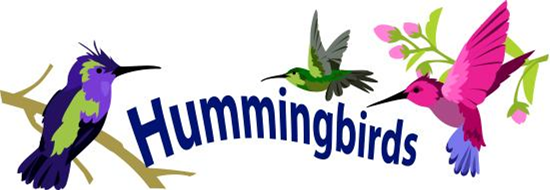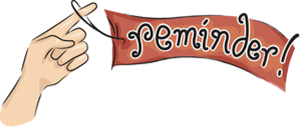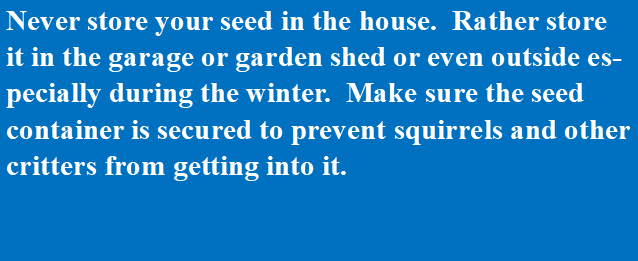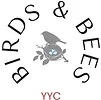LINK TO PDF NEWSLETTER DOWNLOAD

Hummingbirds are highly maneuverable fliers, flitting forward and backward as they home in on flowers. But in the dense foliage many inhabit, they often encounter gaps that are too narrow for their wingspan. Since they can’t bend their wings in flight, how do they get through? Researchers used high-speed cameras to capture their movements, discovering two unique strategies: they sidle through while fluttering, or fold their wings in a tuck and glide. For more information on this and other subjects related to Hummingbirds, go to Science Daily and in the search type hummingbirds.
Go to YouTube to see Hummingbirds Fly, Shake, Drink in Amazing Slow Motion | National Geographic
A fascinating Hummingbird fact: they have superb visual acuity. They see colour better than we do, with their vision extending into the ultraviolet spectrum. Their eyes are adapted to see warm shades better than cooler shades. This ability to easily pick out orange, yellow and red flowers amid a sea of cool green, led to the long-held assumption that they prefer red over other colours. Scientists have since learned that the richness of the nectar matters more than the colour of its source.
Hummingbirds are attracted to the nectar from a variety of flowers. They work as natural pollinators as they move between blossoms, so the more flora, the better.
Hummingbirds like to nest and roost in spots that are protected, secluded and not too close to the ground, so trees and shrubs are critical. The birds use bits of lichen, plant downs and fibers, twigs and spider webs to create cuplike nests that they attach to branches. These larger plants also attract a bounty of insect life, an important source of protein for Hummingbirds.
Embrace native plants – native flowers often attract native insects, which promote native birds.
Nix pesticides—the number one threat to Hummingbirds. Pesticides can interrupt migratory instincts and cause the birds to lose weight. Additionally, these toxic substances can kill off the insects they rely on for food, as well as spiders, whose webs are a key building material for their nests.
Get a good feeder. There are many feeders on the market, but there are only two important elements to a good one: You must be able to see clearly into the area holding the nectar, and the feeder must be easy to take apart for thorough cleaning. In addition, buying a “saucer-type” feeder will prevent leakage which can attract bees, wasps and ants.
A birdbath is a nice addition: it gives Hummingbirds a place to drink and bathe. Just make sure to check it once a week or so to ensure the water is clean. Putting stones that break the surface of the water allows Hummingbirds to know the depth of the water and gives them something to perch on, since Hummingbirds have very weak feet. Adding a mister or a dripper is also an excellent idea and can be attached to the birdbath rim or a branch of a tree or shrub for more protection.
Mind your pets: cats and dogs are threats to the birds in your yard, so keep them inside or limit their time outside to when someone can keep an eye on them. Don’t think Hummingbirds are exempt from these risks because of their speed or small size.




